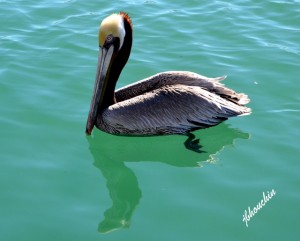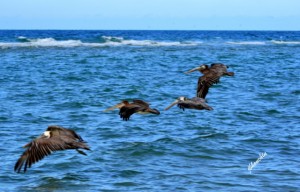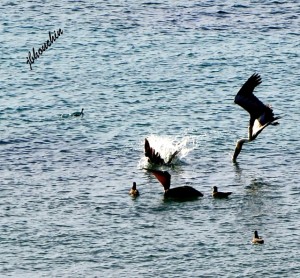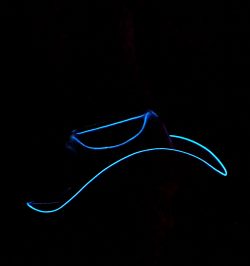A wonderful bird is
the pelican, His bill will hold more than his belican. He can take in his beak Food enough for a week, But I’m damned if I see how the helican. First, we’ll burst the myth of the true author of this famous limerick, most often attributed to Ogden Nash. Actually, it was written by Dixon Lanier Merritt in 1910—when Ogden was only eight years old! Five Other Facts You May Not Know about the Brown Pelican
His bill will hold more than his belican. He can take in his beak Food enough for a week, But I’m damned if I see how the helican. First, we’ll burst the myth of the true author of this famous limerick, most often attributed to Ogden Nash. Actually, it was written by Dixon Lanier Merritt in 1910—when Ogden was only eight years old! Five Other Facts You May Not Know about the Brown Pelican
- The pelican seen on our beaches in Puerto Peñasco is the Brown Pelican, the smallest of the seven species of pelicans that date back 40 million years with very little change especially in their distinct beak formation. Oddly enough, after surviving 40 million years, pelicans were almost rendered extinct in the 1950’s and 60’s by the use of DDT which caused the shells of their eggs to become extremely thin and fragile. Because pelicans incubate their eggs under their webbed feet, the pressure destroyed entire clutches of up to three eggs. They were placed on the endangered species list in 1970. DDT was banned in 1972 allowing the population to begin recovering and they were delisted in 2009 with a population estimated at approximately 300,000.
- You’ve probably noticed the Brown Pelicans floating rather high in the water around our beaches. That’s because they have a
 complex network of subcutaneous air sacs under their skin located across their throat, breast and undersides of the wings. Plus they have air sacs in their bones. These air sacs keep the Pelican remarkably buoyant in the water and their fully webbed feet make them rather fast swimmers.
complex network of subcutaneous air sacs under their skin located across their throat, breast and undersides of the wings. Plus they have air sacs in their bones. These air sacs keep the Pelican remarkably buoyant in the water and their fully webbed feet make them rather fast swimmers. - Pelicans can fly for a hundred miles in search of food due to a fibrous layer from their breast muscles that can hold their wings rigid in a horizontal position allowing them to glide and soar at altitudes of up to 10,000 ft by catching thermals.
- Likewise, you’ve surely seen these gregarious characters flying in groups so close to the surface of the sea it looks like their wings are going to catch the surface any moment. Actually, they are experts at using what is known as “ground effect” that allows air to flow between their wings and the water surface which reduces drag and causes a strong upward surge against the bird saving energy and increasing flight control. As well as producing some wonderment in the eyes of the
 spectator!
spectator! - Brown Pelicans are daring divers, plunging for fish from as high as 70 feet in the air which they can spot by virtue of the gift of great vision. They’re a sight to watch both preparing to dive and diving as it looks quite dangerous the way they extend their necks and tuck their wings in at the last moment before splash down. Well, in fact, it is quite dangerous. Almost every time you’ve seen a pelican carcass on the beach it is there because of a miscalculated diving position that resulted in a broken neck, as infrequent as such mishaps are.
For more information on the wondrous pelican visit: www.wikipedia.org/wiki/Pelican www.allaboutbirds.org/guide/brown_pelican/id This blog is powered by www.sonoranresorts.mx, Jim Ringquist, Director of Sales and Marketing.




